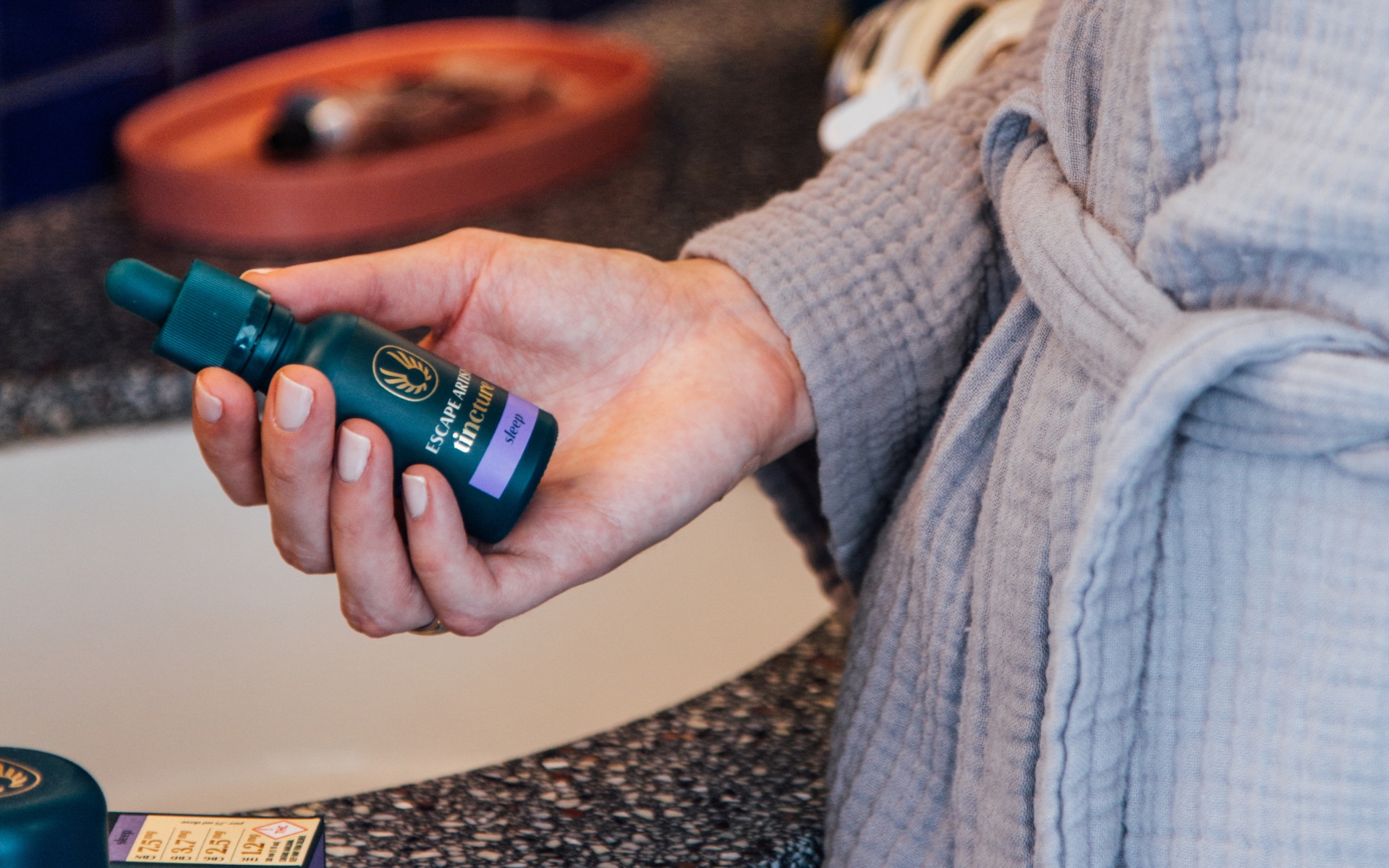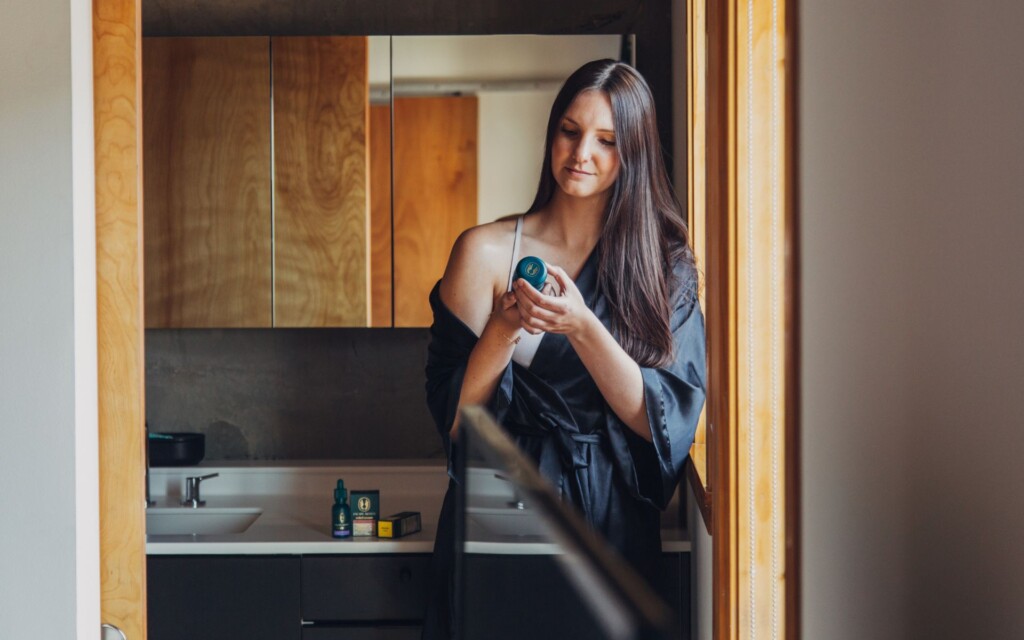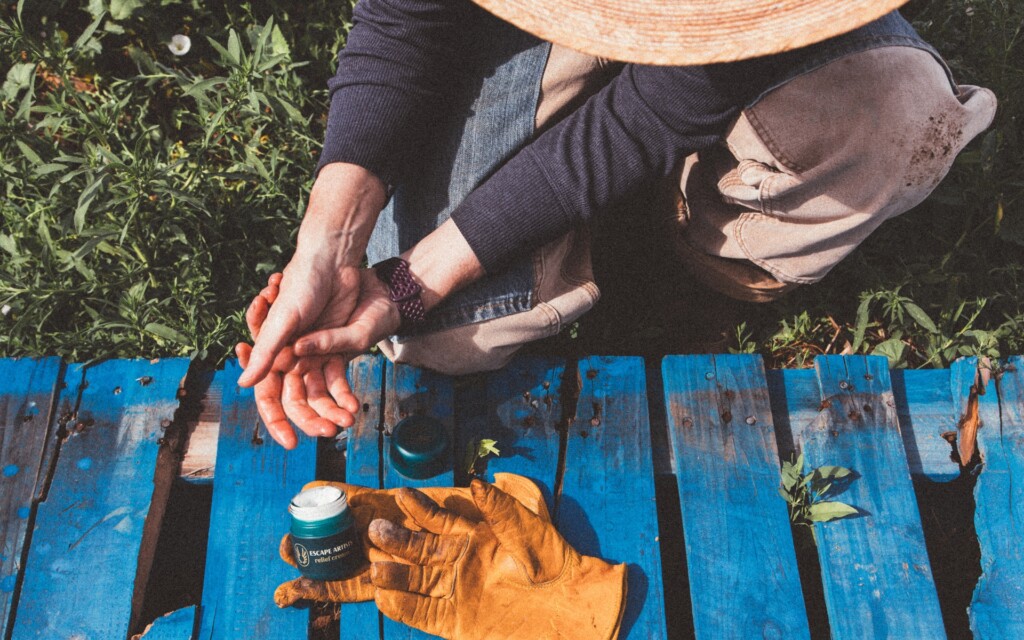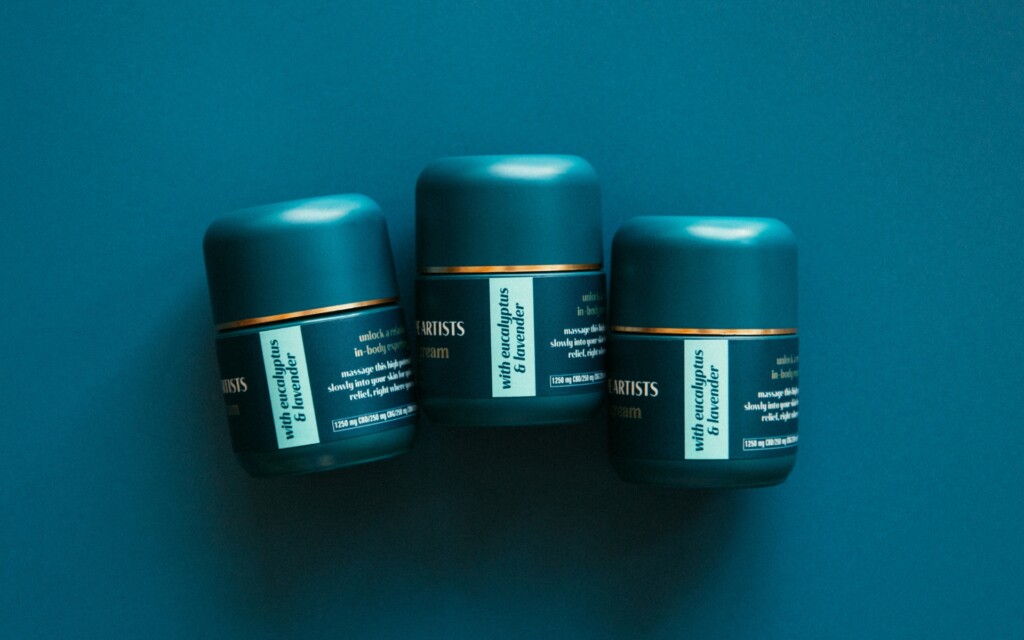How does cannabis affect your dreams? Does the herb always suppress one’s dreams? Does it have the ability to enhance dreaming? And what’s up with the increased intensity of dreams when people take a break from cannabis?
Finally, what does all this mean for overall quality of sleep? So many great questions! Join us as we unravel the mysteries, debunk myths, and illuminate the science behind the cannabis-dreaming conundrum.
understanding dreams and sleep cycles
Before diving into the cannabis-dream nexus, let’s first navigate the nocturnal terrain of dreams and sleep cycles. Dreams, those elusive stories our minds weave at night, and the sleep cycles that frame them, are fundamental to understanding how cannabis interacts with our rest.
REM sleep, or Rapid Eye Movement sleep, is the stage where dreams are most vivid and frequent. This phase is characterized by rapid eye movements, increased brain activity, and muscle atonia, preventing us from acting out our dreams. It’s during REM sleep that the mind sojourns on its most creative escapades, making it a critical piece of the puzzle in our quest to understand the cannabis-dreaming dynamics.
Dreaming remains one of the great mysteries of human consciousness, with theories ranging from the processing of emotions to the consolidation of memories. Understanding the purpose and mechanics behind dreams lays the groundwork for comprehending how substances like cannabis can alter these nocturnal narratives.

the effects of cannabis and dreaming
Cannabis has long been a subject of intrigue in the realm of sleep and dreams. How does this widely used herb influence the mysterious world of dreams? Let’s explore the science and anecdotal evidence surrounding cannabis’s impact on our nightly journeys.
cannabis and rem sleep
Cannabis consumption, particularly THC-rich varieties, has been shown to affect REM sleep — the stage most associated with vivid dreaming. Research suggests that THC tends to reduce the duration of REM sleep, which can lead to less dream recall or fewer dreams altogether. But don’t worry – our deepest, most restorative sleep happens during Stage 3 of the sleep cycle. This interaction is crucial for understanding why some people report a decrease in dreaming activity while under the influence of cannabis.
do you dream more or less?
So, does cannabis make you dream more or less? The consensus among studies leans towards cannabis suppressing dream frequency. This is particularly noticeable in regular users, who often experience fewer remembered dreams. However, the plot thickens once cannabis use is paused; many report a sudden increase in dream vividness and frequency, a phenomenon known as the “rebound effect.”
the content and quality of dreams
Cannabis influences the quantity of dreams, and it also plays a role in the content and quality of these dreams. People often report changes in the nature of their dreams during periods of heavy use and upon cessation. While cannabis might dial down the intensity and frequency of dreams, the rebound effect upon stopping can lead to more vivid, sometimes unsettling dreams.

what happens when you quit using cannabis?
Halting cannabis use can feel like opening a door to a previously muted world of dreams. This dramatic change in dream patterns experienced by many may seem unsettling at first, and fortunately, it’s temporary. Let’s explore the rebound phenomenon and the journey back to the so-called “new normal” in dreamscapes.
changes in dream patterns
Upon cessation, many people report a significant uptick in the vividness and frequency of their dreams. This change is often stark compared to the dampened dream experiences during active cannabis use. The reason? The body is readjusting, and REM sleep stages are becoming longer and more intense, leading to an enriched dreaming experience.
the rebound effect
The rebound effect in dreaming is one of the most fascinating aspects of cannabis cessation. This phenomenon sees a marked increase in REM sleep, which has been suppressed by THC. As a result, dreams can become more vivid, more bizarre, and sometimes more intense or unsettling than before. This effect is usually temporary, gradually stabilizing as the body readjusts to a cannabis-free routine.
adjusting to a new normal
The journey back to a “normal” dreaming pattern post-cannabis can vary greatly among people. While the rebound effect is common, the duration and intensity of this phase differ. Eventually, dream patterns and the quality of sleep start to normalize, offering a new baseline for what to expect from nights free of cannabis influence.

tips for managing dream changes related to cannabis use
Perhaps you’re looking to dial down intense dreams, or maybe you want to reignite your night-time narratives post-cannabis. There are strategies to help you find balance. Managing the impact of cannabis on dreams can enhance both sleep quality and the richness of your dream life.
modulating dream intensity
For those who wish to reduce the vividness and frequency of dreams, especially during the rebound phase after stopping cannabis, consider the following:
- Maintain a regular sleep schedule – Consistency in your sleep routine can help stabilize your sleep cycles and, by extension, your dreams.
- Mindful relaxation before bed – Practices such as meditation, deep breathing, or reading can calm the mind and potentially lead to more peaceful dreams.
- Limit stimuli before sleep – Reducing exposure to screens, caffeine, and heavy meals can promote more restful sleep and less intense dreaming.
enhancing dream recall and vividness
If you’re interested in enhancing the vividness of your dreams or improving dream recall, consider these tips:
- Dream journaling – Keeping a dream journal by your bed to jot down dreams upon waking can enhance recall over time.
- Mindfulness and meditation – These practices can increase self-awareness in dreams, making them more vivid and memorable.
- Healthy sleep habits – Ensuring you get enough sleep and maintaining a healthy sleep environment can improve the quality of your dreams.
adjusting cannabis consumption
- Timing of use – If you choose to consume cannabis, consider its timing in relation to your sleep schedule. Some find that avoiding cannabis several hours before bedtime reduces its impact on dreams.
- Strain selection – Different cannabis strains have varying effects on sleep and dreaming. Indica strains, for example, are often reported to have a more sedating effect, which might influence dream patterns differently than sativa strains.
- Consider products designed for sleep – If you’re looking for a moderate dose of THC that will lull you into slumber, try Escape Artists sleep tincture or flights. Sleep tincture is the perfect nightcap with just 1.2mg of THC. That small dose blends soothing lemon-chamomile with other cannabis compounds, including CBD, CBN, and CBG, to fully sync with your endocannabinoid system for ultimate relaxation. Flights are low-dose sublingual strips, that are super fast-acting and designed to deliver cannabinoids in an easy format. Simply pop between your cheek and gum and let it dissolve.

sweet dreams
Exploring the connection between cannabis and dreaming reveals a dynamic interplay with significant implications for our sleep and dream experiences. This examination has shown that cannabis can both suppress and intensify dreams, offering a unique lens through which to view our nocturnal mindscapes.
Adapting your cannabis consumption based on its impact on your dreams can enhance your overall sleep quality and dream vividness. Whether you’re navigating the vivid dreams that come with cessation or seeking ways to temper an overly active dream life, the strategies provided offer a foundation for personal experimentation and discovery.
We invite you to continue exploring your relationship with cannabis and dreams, using the knowledge gained as a tool for personal growth and better sleep health. Remember, the dream world is unique to each person, and understanding its nuances in the context of cannabis use is key to finding your ideal balance.




